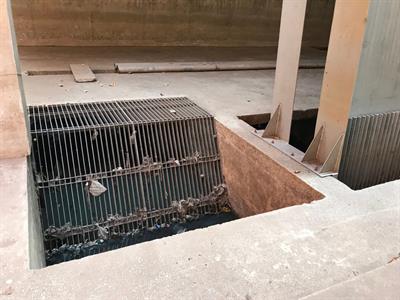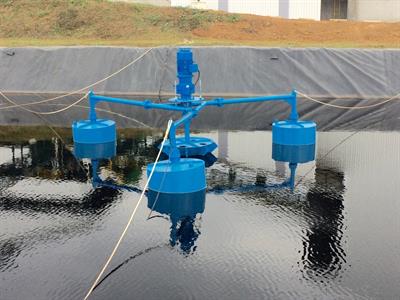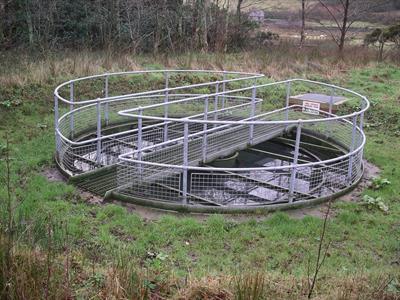
PUMPA - SMART LEARNING
எங்கள் ஆசிரியர்களுடன் 1-ஆன்-1 ஆலோசனை நேரத்தைப் பெறுங்கள். டாப்பர் ஆவதற்கு நாங்கள் பயிற்சி அளிப்போம்
Book Free DemoThe wastewater released from homes, offices, industries, hospitals and various other sources is called sewage.
As the rainwater flows into drains, it washes off pollutants from the roads and rooftops. Thus, it is also considered sewage.
Sewage is any liquid waste that contains impurities and pollutants. Sewage is a complex mixture of suspended solids, organic and inorganic pollutants, nutrients, saprophytes, and disease-causing bacteria and other microbes.
Untreated sewage or wastewater generated from domestic and industrial processes is India's leading polluter of water sources. The sewage water results in agricultural contamination and environmental degradation.
Sources of Sewage/wastewater:
- Domestic purpose or household activities
- Textile and dyeing industries
- Leather manufacturing industries
- Sugar and brewing industries
- Paper and pulp industries
Sewage/wastewater treatment method:
The following are the steps involved in conventional wastewater treatment:
1. Pre-screening
2. Aeration
3. Sludge Management
4. Water Reuse

Steps in a wastewater treatment process
Pre-screening:
Wastewater generated from industrial and domestic activities is filtered or screened to remove soil and solid particulates. It involves the removal of large objects such as plastic bottles, napkins, cans, rags and sticks from wastewater by passing through bar screens.

Bar screens are used to remove large objects.
Aeration:
Once the wastewater has been screened, it is pumped to an aeration tank. Here, the microbial pollutants or contaminants are removed through biological degradation that occurs in the presence of air. It is used to remove the biodegradable dissolved organic matter. The process is designed to degrade the biological content of the waste through biological agents use (aerobic microorganisms).
Aeration is performed in the presence of oxygen through biological oxidation by aerobic microorganisms. The step mixes the waste with bacteria and oxygen. Oxygen helps the bacteria to digest the pollutants easier and faster.

Aerator pumps air so that the aerobic bacteria grow
Sedimentation process:
The solid particles in suspension are allowed to settle in this process.
The particles that settle out from the suspension is known as sludge.

Sedimentation tank
Sludge removal:
The sludge produced by the degradation process is transferred from the tank periodically for safe disposal.
Disinfection:
Chlorination and ultraviolet (UV) radiation of treated water is done to remove any microorganism contamination.
Water recycling:
The water will subsequently be supplied for domestic or industrial purposes.
Reference:
https://commons.wikimedia.org/wiki/File:Steps_in_a_typical_wastewater_treatment_process.png
https://commons.wikimedia.org/wiki/File:Secondary_sedimentation_tank_1_w.JPG
https://commons.wikimedia.org/wiki/File:Secondary_sedimentation_tank_1_w.JPG